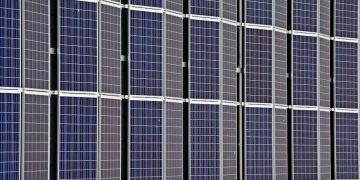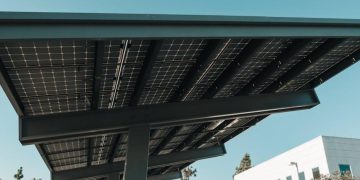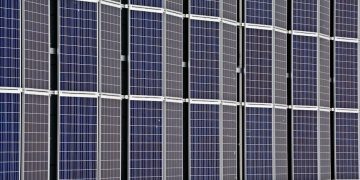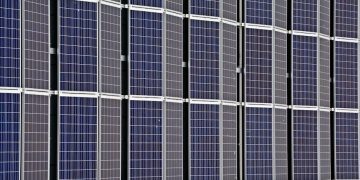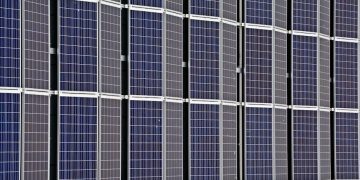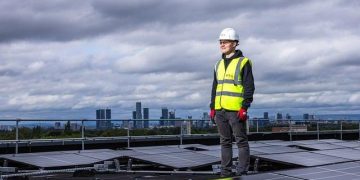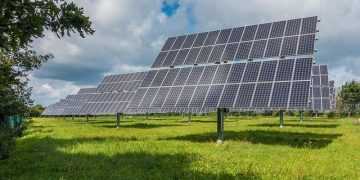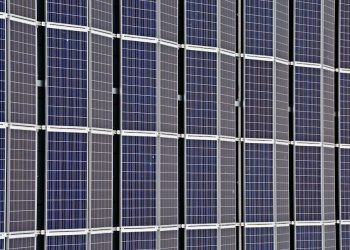In a world increasingly driven by the quest for sustainable energy solutions, the allure of solar power has captured the imagination of homeowners everywhere. Imagine harnessing the boundless energy of the sun, converting sunlight into electricity, and reducing both your carbon footprint and utility bills. This dream can become a reality with the installation of home solar panels. But how does one transform this vision into a tangible setup on their rooftop? In this guide, we embark on a journey through the step-by-step process of installing home solar panels. From the initial spark of interest to the final flick of the switch, we’ll illuminate each stage of the solar installation process, offering insights and practical tips to empower you to embrace this green technology. Whether you’re a seasoned DIY enthusiast or a curious novice, this article aims to demystify the process, ensuring that the path to solar energy is as bright as the future it promises.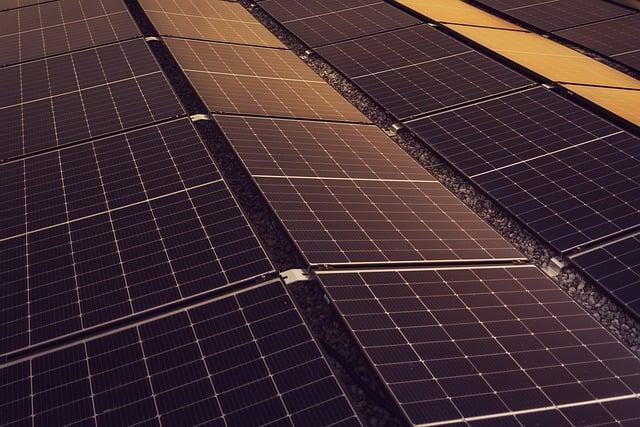
Choosing the Right Solar Panel System for Your Home
When it comes to setting up solar panels for your home, selecting the appropriate system is a crucial step that can significantly impact both efficiency and cost-effectiveness. Consider your energy needs by analyzing your past utility bills to understand your average consumption. This helps in determining the size of the solar panel system required. Evaluate your roof’s condition—its size, shape, and orientation—as these factors influence the amount of sunlight your panels can capture. If necessary, consult with a professional to assess if any modifications are needed.
Explore different types of solar panels such as monocrystalline, polycrystalline, and thin-film, each offering distinct advantages. Monocrystalline panels, for instance, are known for their high efficiency and sleek design but come at a higher cost. Investigate financial options, including purchase, lease, or power purchase agreements, to find what aligns best with your budget. Look into available incentives and rebates offered by local or federal governments, as these can substantially reduce the overall cost. Collaborating with a reputable solar installer can provide you with tailored advice and ensure a seamless installation process.
Navigating Permits and Local Regulations
Embarking on the journey to solar energy begins with understanding the labyrinth of permits and local regulations. Each region has its own set of rules, so it’s crucial to research and familiarize yourself with the specific requirements of your area. Start by visiting your local government or municipal website to gather information on zoning laws and building codes. Often, a building permit is required, and you may need to submit detailed plans of your intended installation. It’s advisable to consult with a local solar installer who is well-versed in these regulations to ensure compliance and streamline the process.
Here are some key considerations to keep in mind:
- Zoning and Land Use: Confirm that your property is eligible for solar installations and adhere to any neighborhood association guidelines.
- Building Permits: These are often necessary for structural modifications, and you’ll need to submit technical drawings or specifications.
- Electrical Permits: Required to ensure your system complies with local electrical safety standards.
- Interconnection Agreements: This is crucial for connecting your solar system to the local utility grid, allowing for net metering.
By proactively managing these regulatory steps, you can avoid unnecessary delays and move closer to harnessing the power of the sun for your home.
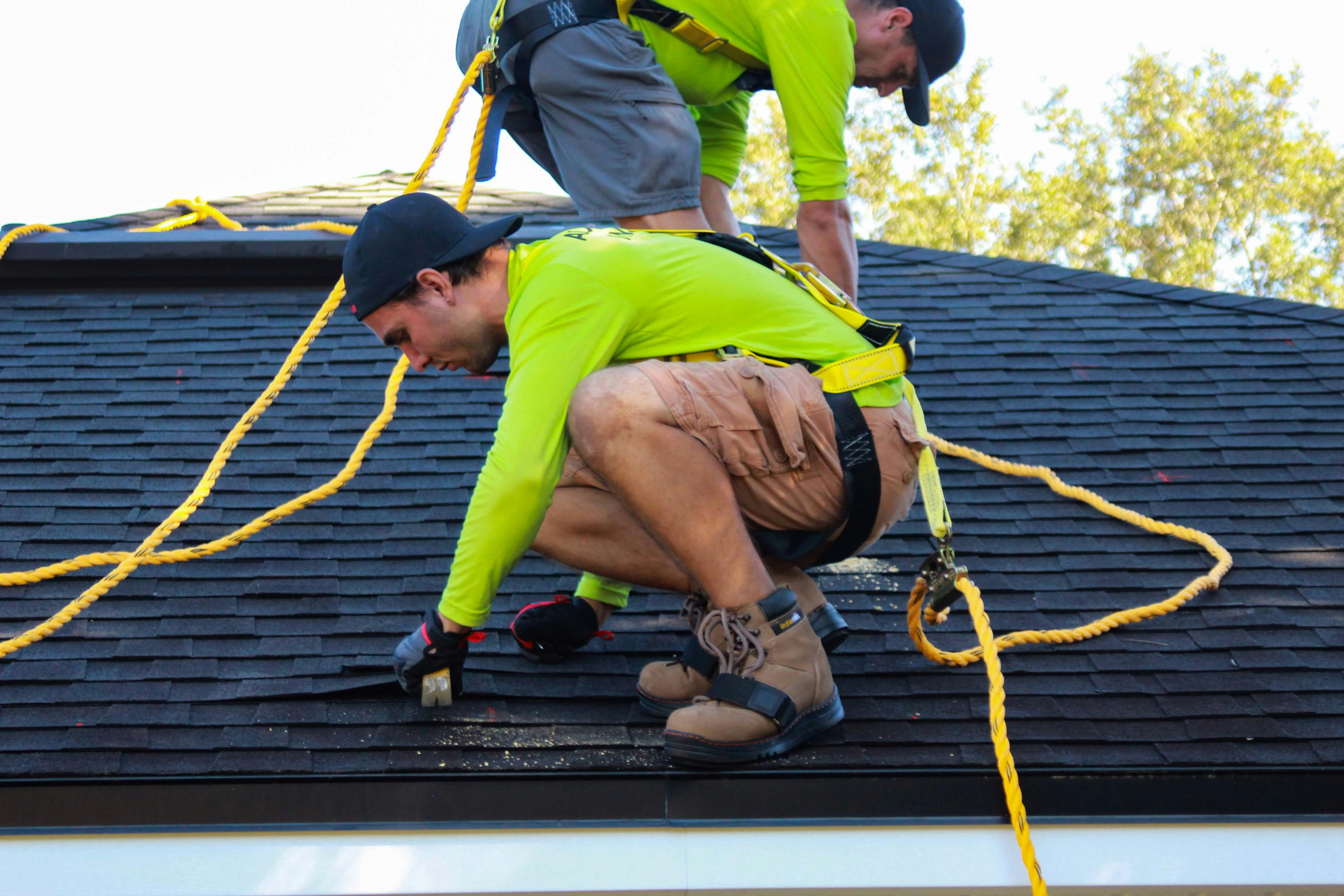
Preparing Your Roof for Solar Panel Installation
Before the first panel touches your rooftop, it’s crucial to ensure your roof is primed for its new role as a solar energy powerhouse. A sturdy foundation is the key to longevity and efficiency. Start by evaluating the age and condition of your roof. If your roof is nearing the end of its life, consider replacing it before installation. This proactive approach prevents future headaches and additional costs.
Next, examine your roof’s structural integrity. Consider hiring a professional to check for any underlying issues like leaks or damaged shingles. This is also the perfect time to think about the roof’s orientation and shading. A roof with a southern exposure is ideal for maximizing solar gain, while large trees or nearby structures may cast shadows that affect efficiency. ensure your roof has the appropriate permits and meets local building codes. Here’s a quick checklist to guide you:
- Assess roof age and condition
- Check structural integrity
- Evaluate roof orientation and shading
- Secure necessary permits and comply with building codes
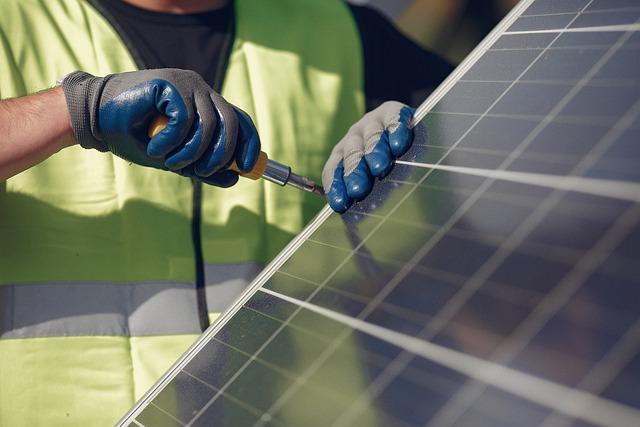
Connecting to the Grid and Optimizing Energy Output
Once your solar panels are installed, the next crucial step is integrating them with the existing electrical grid. This process involves synchronizing your home system with the local utility network, ensuring seamless energy flow and effective distribution. A certified electrician typically manages this task, ensuring all safety standards and regulations are met. Key components like inverters play a pivotal role in this integration by converting the direct current (DC) generated by the panels into alternating current (AC), which is compatible with household appliances and the grid.
To maximize the energy output from your solar installation, consider implementing a few optimization strategies:
- Energy Monitoring Systems: These systems provide real-time data on energy production and consumption, allowing homeowners to adjust usage patterns for efficiency.
- Battery Storage Solutions: Storing excess energy in batteries ensures a backup supply during non-sunny days or peak demand times.
- Smart Inverters: Upgrading to smart inverters can help in dynamically adjusting the power flow, enhancing both efficiency and reliability.
By embracing these solutions, you can not only enhance the performance of your solar panels but also contribute to a more sustainable energy ecosystem.
In Conclusion
As we conclude our journey through the meticulous yet rewarding process of installing home solar panels, it’s clear that the sun offers more than just light and warmth—it provides an opportunity. An opportunity to harness its power, to transform our homes into beacons of sustainability, and to take a step towards a greener future. Whether you’re driven by the allure of energy independence, the promise of reduced utility bills, or the call of environmental stewardship, the path to solar is paved with possibilities. As you stand on the brink of this luminous adventure, equipped with newfound knowledge and a blueprint to guide you, may your transition be as seamless as the sun’s daily rise, and your home shine with the promise of tomorrow.






